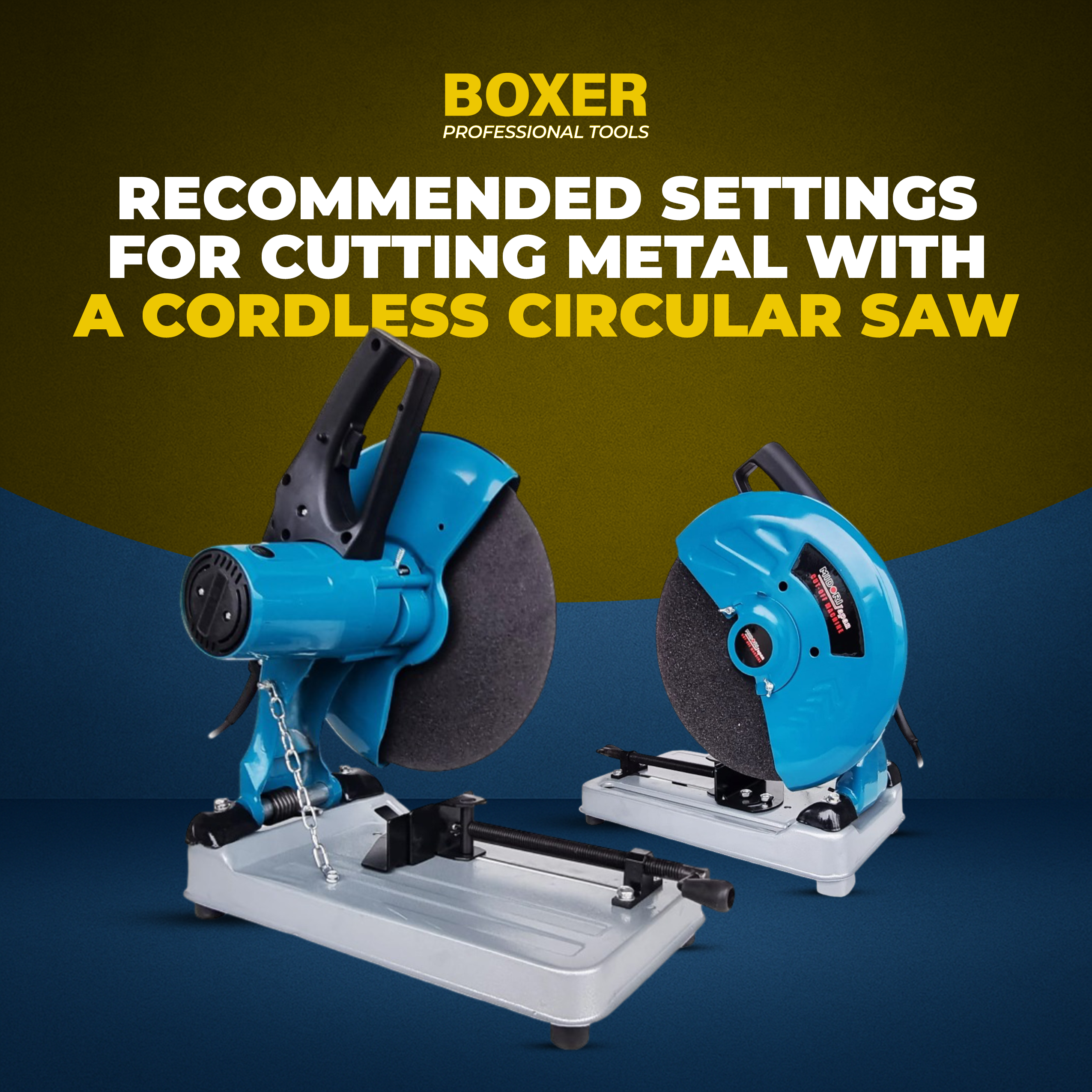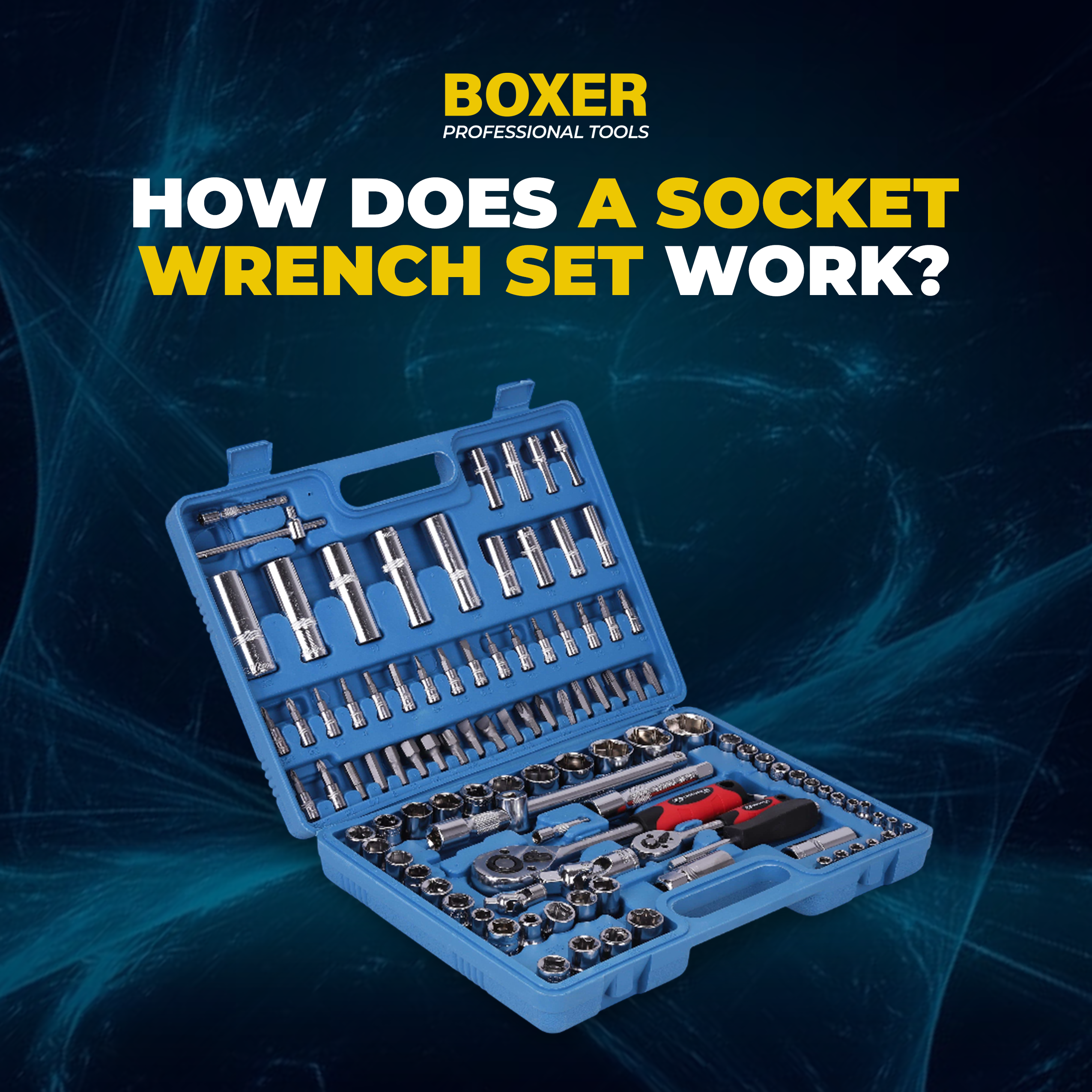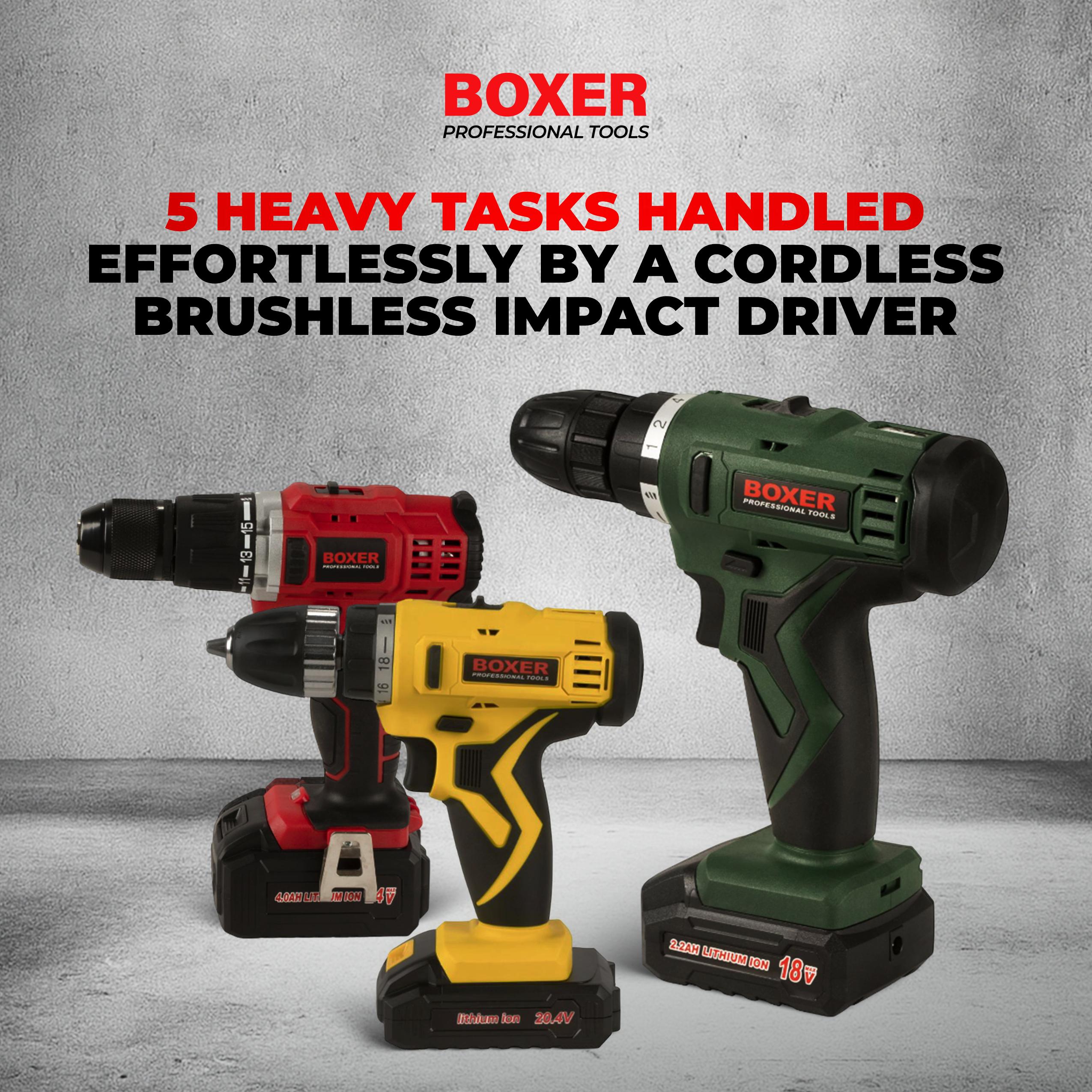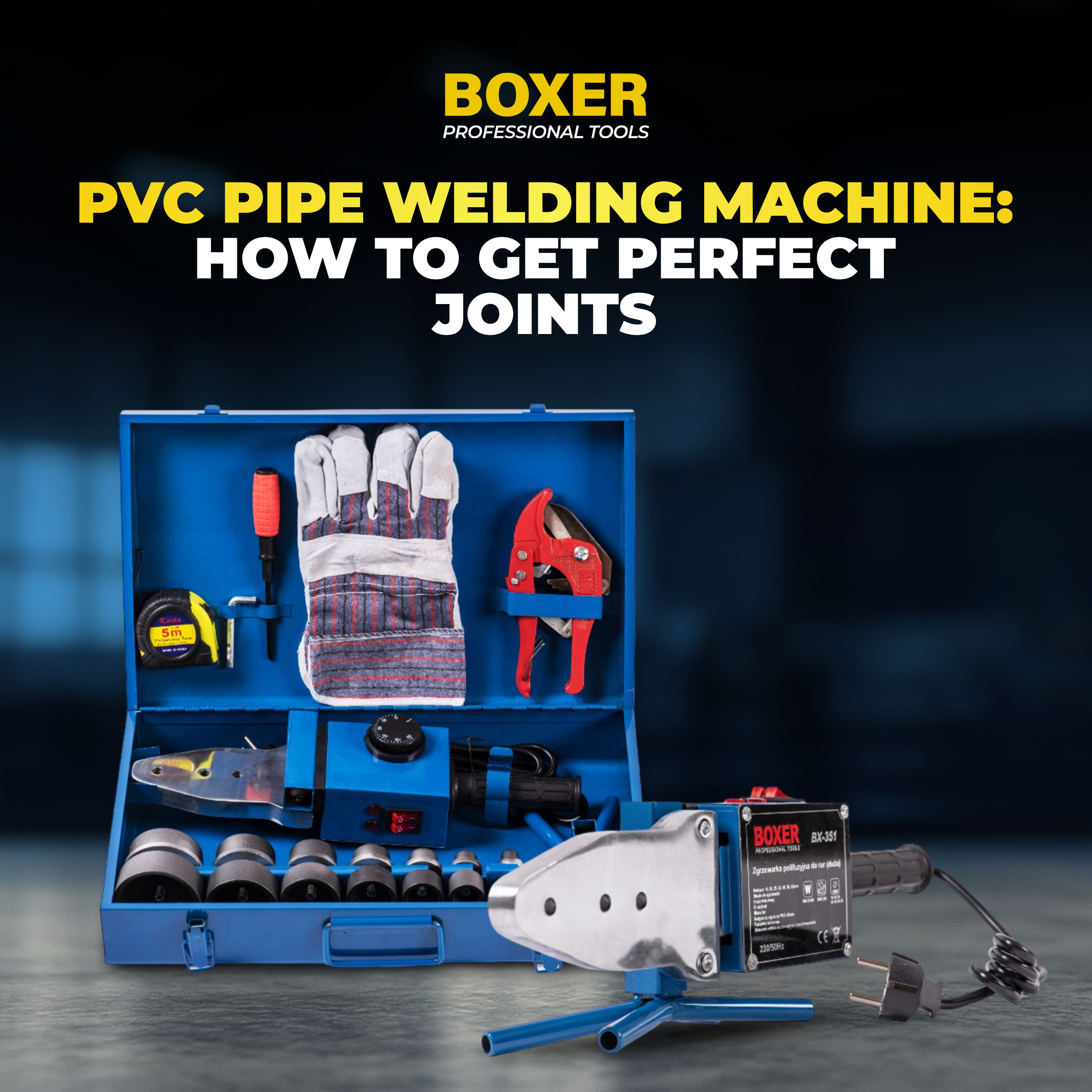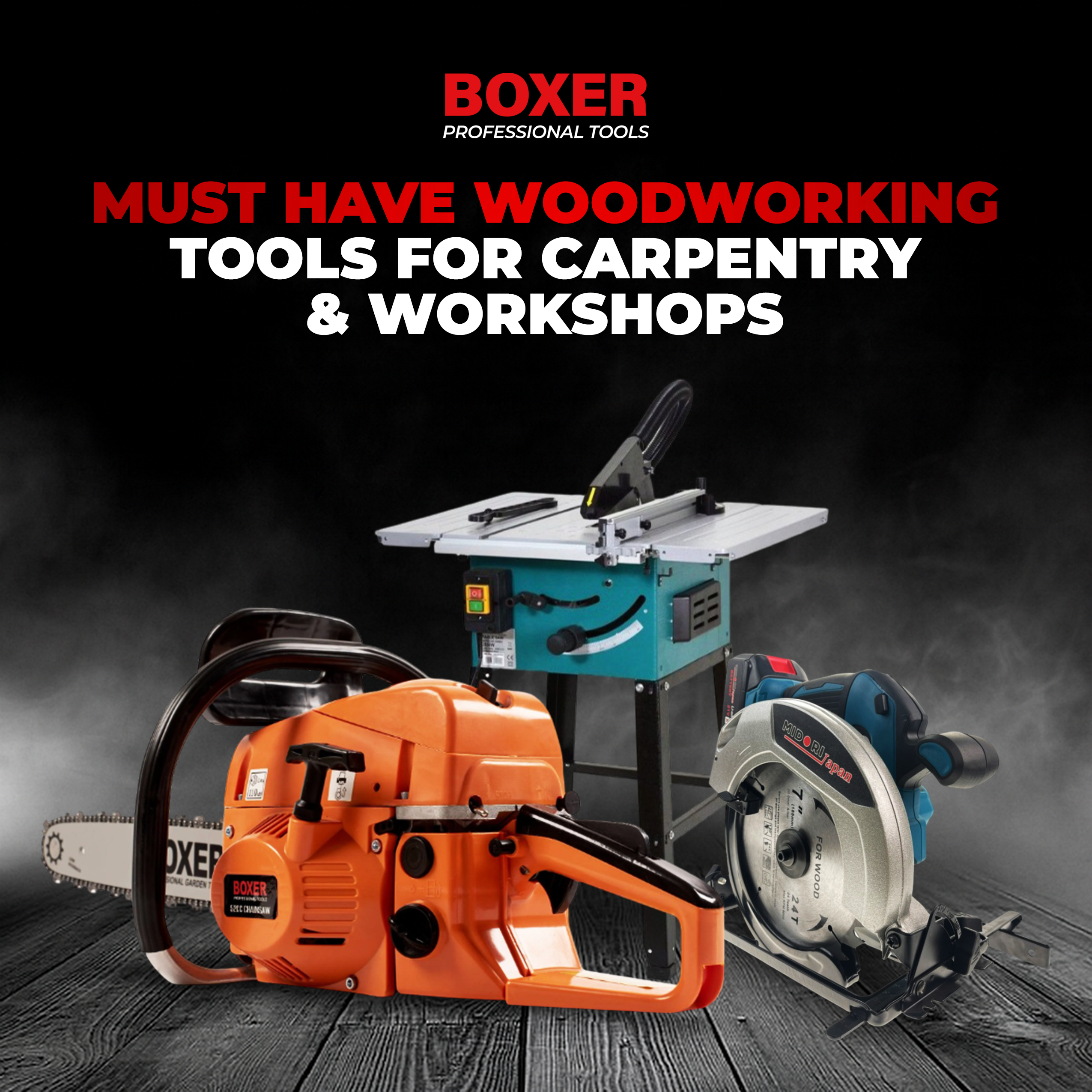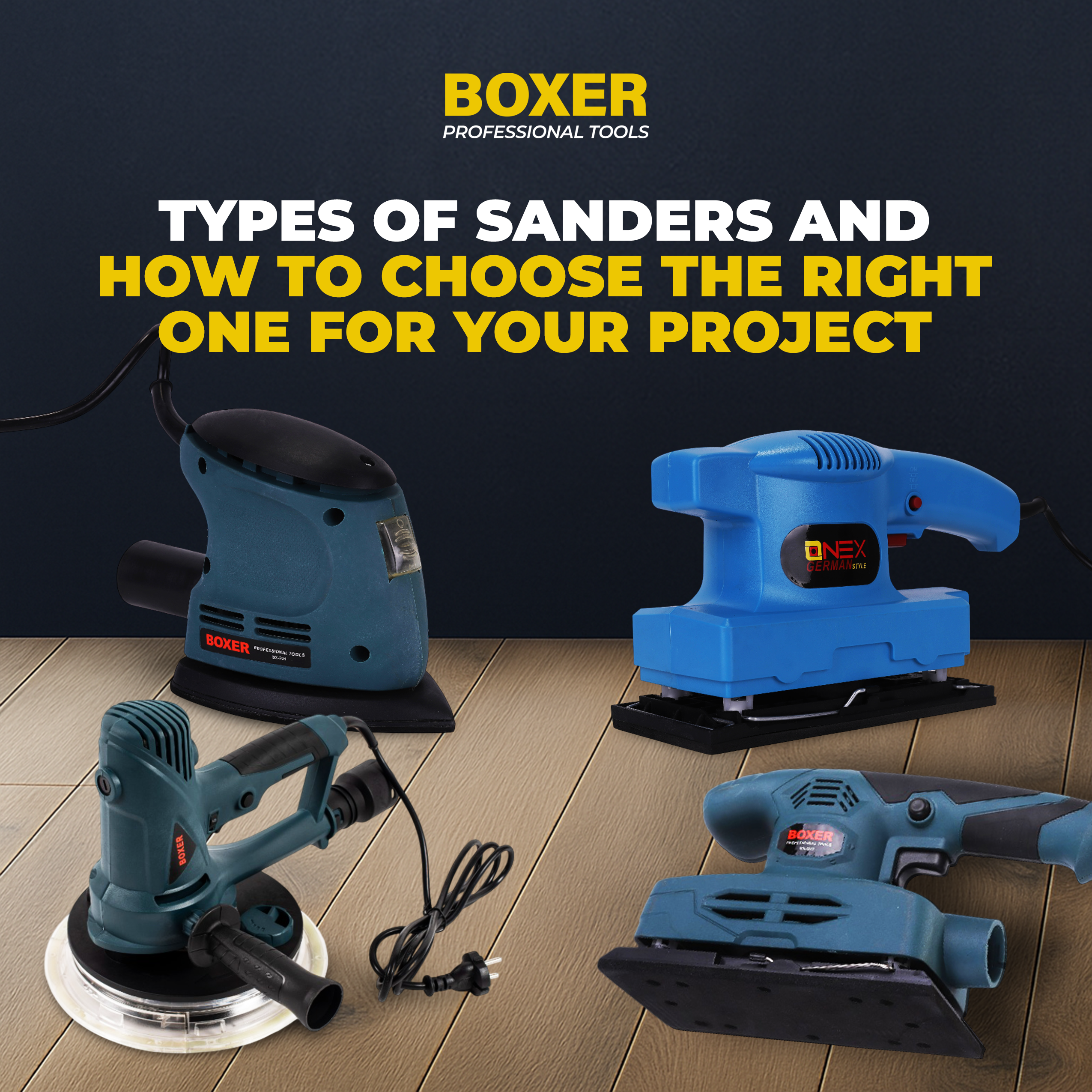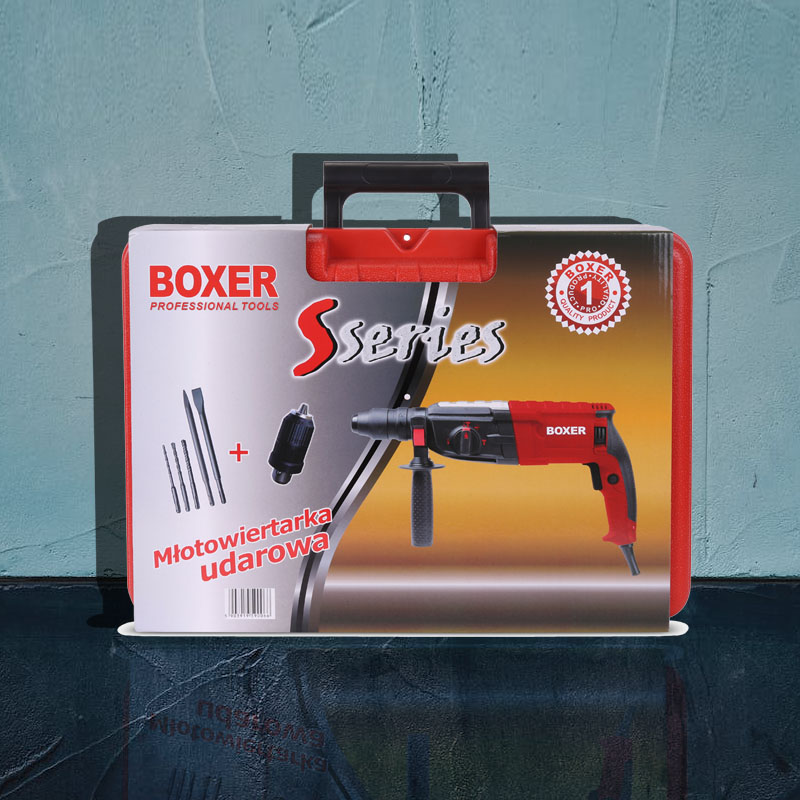
How to use a Drill correctly
Powerful tools are very useful to complete any project smoothly and efficiently. However, if you don't take the right safety measures and know how to use them properly, it can lead to disaster. Of all power tools, drills are the most convenient for DIY and professional use. Knowing how to drill correctly can help prevent serious injuries. So to get a great result without injury when using the drill, you must follow some safety tips. Read this blog to get a proper understanding of how to safely and easily use your drill to get the job done. First, let's understand what a drill is.
Before using the drill for the first time, it is important to familiarize yourself with the anatomy of the tool. The housing of the drill contains the motor, while the chuck is located in the front and is used to hold the drill in place. The trigger is located behind the drill and is used to start and stop the motor. To fasten the drill, you must first release the chuck by turning it counterclockwise. Then insert the blade into the chuck and tighten it by turning it clockwise. Once the piece is set, you are ready to drill.
Start drilling by placing the tip of the bit on the desired drilling location and lightly depressing the trigger to start the motor. When drilling, apply light pressure to prevent the bit from slipping. When you are done, release the trigger to stop the engine. Finally, release the cartridge by turning it counterclockwise and remove the blade. By following these simple steps, you'll be drilling like a pro in no time.
Common mistakes that a beginner makes while drilling
Cages are a versatile tool that can be used for a variety of tasks, from hanging pictures to assembling furniture. But brushes can also be dangerous if you're a little fast and loose with them, so it's important to use them correctly. Here are four common mistakes beginners make when using seeding:
1. Don't wear safety glasses: drilling generates a lot of dust and debris that can easily get into the eyes. Always wear safety glasses or goggles when using the drill.
2. Not the right bit: There are different drills for different materials. Using the wrong bit can damage the material being drilled and cause the drill bit to slip.
3. Holding the drill too tightly: If you hold the drill too tightly, you may lose control and cause injury. Instead, grip the drill lightly but firmly with both hands. It's great exercise to be so stressed.
Drilling Safety Tips.
There are some important safety factors to consider while drilling:
Drills can create a lot of torque, and if the ends get caught on a table or surface, the handle can try to "jump" out of your hand. This can lead to wrist injuries - it can even break bones with heavy right angle drills. Therefore, always hold the seemer firmly in place during use.
When drilling into the wall, it is important to have an idea of where the electrical wires and water pipes are located behind the drywall. Before you start drilling, use a stud finder to locate wires and pipes.
Drill bits, as well as the materials they are drilled into, can jam the bits and send them flying.
Wear goggles to protect your eyes from airborne debris. Before drilling, make sure there is nothing behind or below the workpiece that the drill cannot touch.
When using guide drills, be careful not to catch extensions on ladder legs or other tools to prevent tripping or falling.
Drill maintenance tips.
Drills generate a lot of dust, so remember to keep them clean by blowing out dust and dirt with compressed air. Make sure you get the motor housing and boot specifically. If it's a cordless drill, see how to care for the battery.
Leaving batteries in the charger is not the best way to extend their life. Power drills are tough, but bouncing their chucks off the work surface every time the drill goes all the way shortens its life.
Remember how close the piece is to the drill all the way so the chuck doesn't hit. If the performance of the drill seems to change, it may be time to replace the motor brushes.
For drills with accessible brushes, this process is simple and the manufacturer should be able to supply new brushes.
Power drills are great tools and can turn long, arduous and error-prone jobs into short jobs. From drilling holes to tightening screws, all it takes is a little confidence and a willingness to try a new tool. With the tips above, the new DIYer can learn to drill safely and accurately. They drill, fasten and create new projects quickly with their drills
Copyright © 2026 Boxertools | Powered By Orance Media Group


